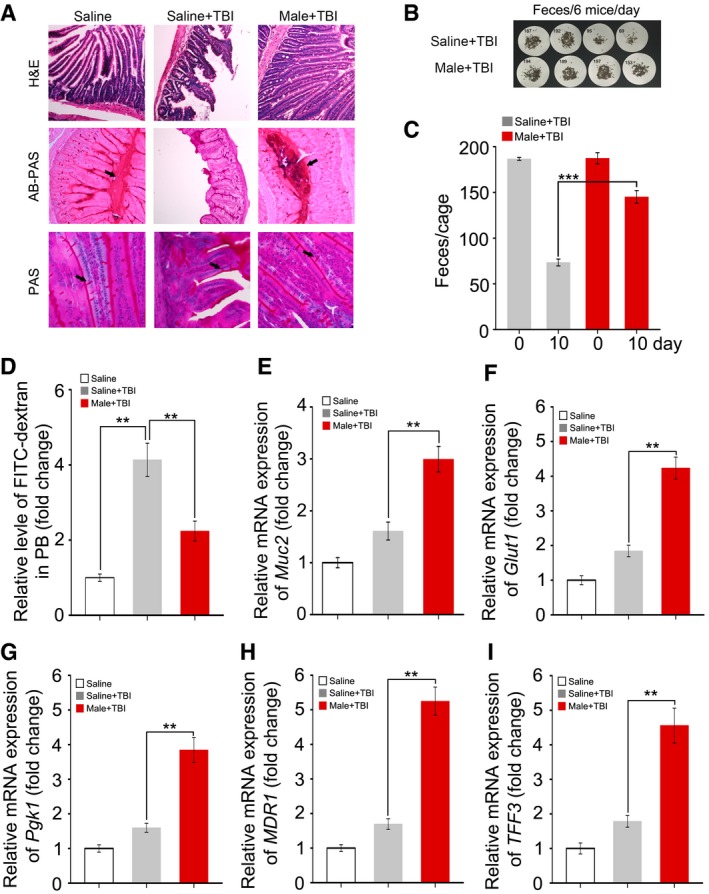Figure 3. FMT ameliorates GI tract function and epithelial integrity after irradiation.

-
AThe morphology of the small intestine in the radiation‐induced mice treated with saline or sex‐matched FMT was shown by H&E, AB‐PAS and PAS staining; the small intestine tissues were obtained at day 21 after TBI. The arrows point to the mucus layer or goblet cells.
-
B, CFaecal pellet counts removed from cage bedding on 3 day from representative cages is shown. Mean ± SD, n = 6 mice per treatment, ***P < 0.001 by Student's t‐test between Saline + TBI and Male + TBI group.
-
DThe FITC–dextran in peripheral blood from saline‐treated and sex‐matched FMT mice was assessed at day 21 after irradiation exposure. Mean ± SD. Significant differences are indicated: **P < 0.01; Student's t‐test, n = 6 per group.
-
E–IThe expression levels of Muc2, Glut1, Pgk1, MDR1 and TFF3 were examined in small intestine tissues from saline‐treated and sex‐matched FMT mice by quantitative PCR; the small intestine tissues were obtained at day 21 after TBI. Mean ± SD. Significant differences are indicated: **P < 0.01; Student's t‐test, n = 12 per group.
